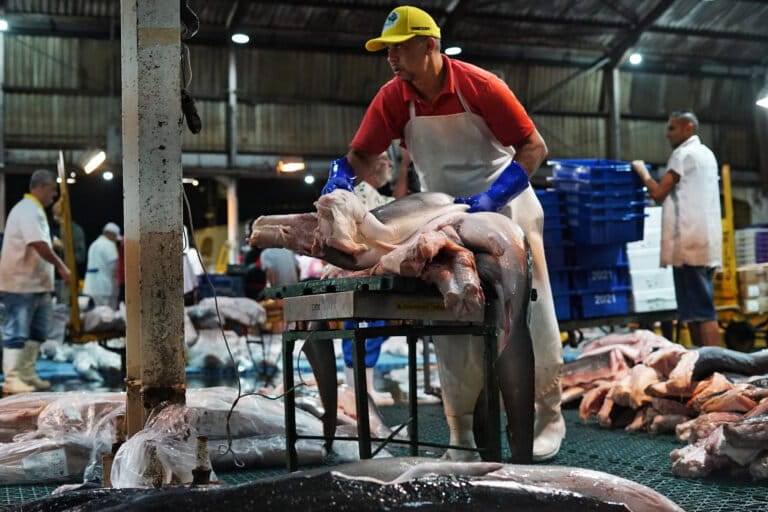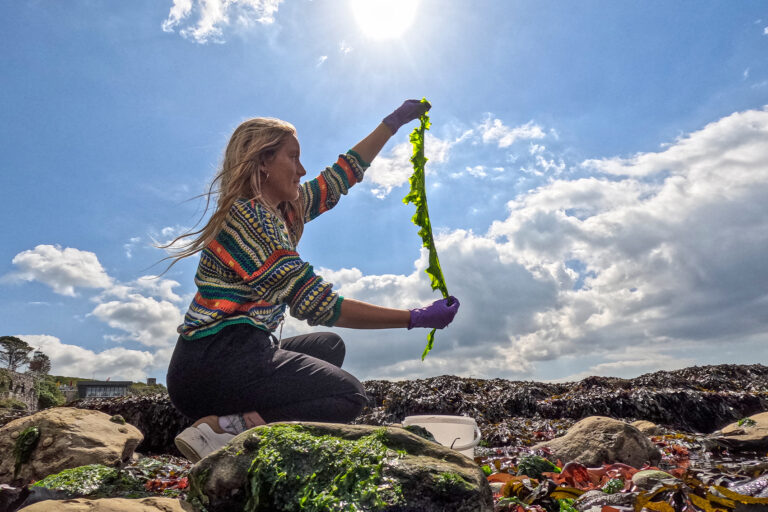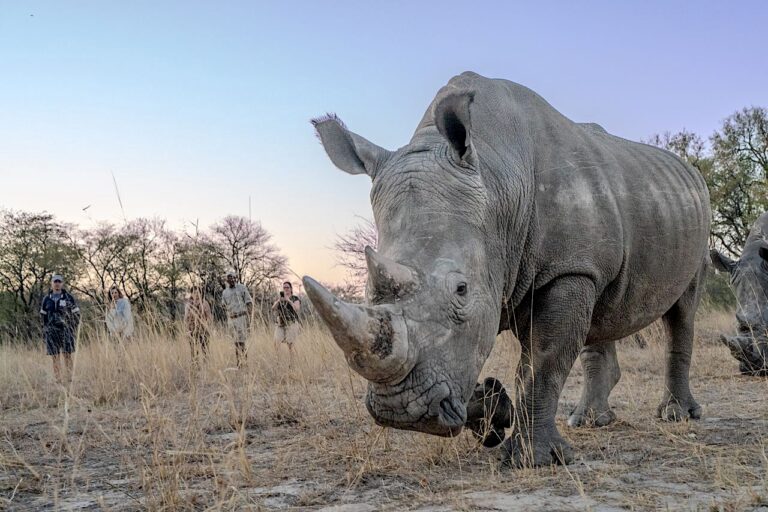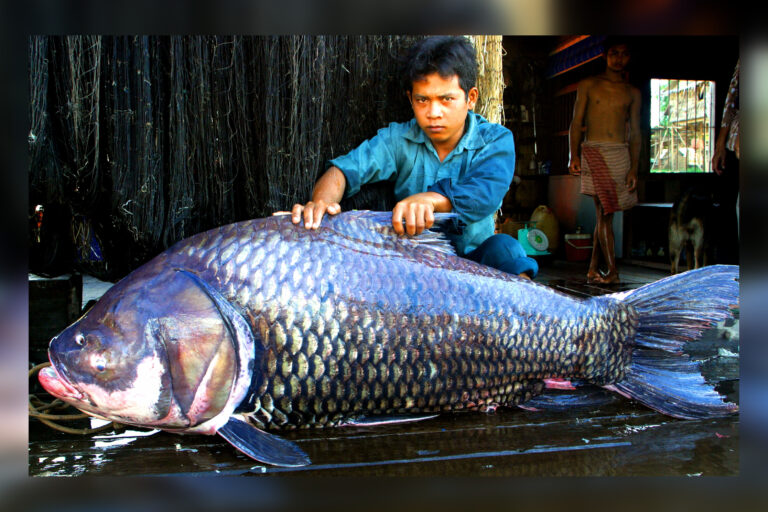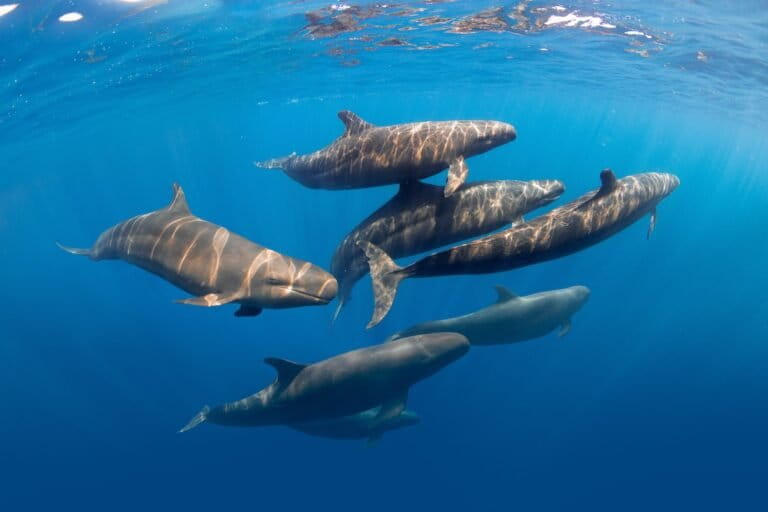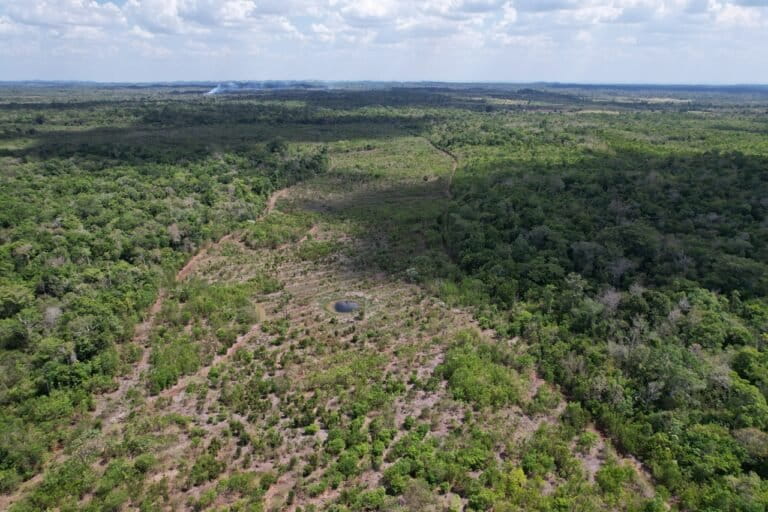- The ZIMS database manages millions of medical and genetic records on 21,000 species cared for in captivity.
- Long-used by zoos and aquariums, ZIMS could be useful for managing small populations of endangered species in the wild.
- Data from ZIMS is now being used to improve wildlife recovery efforts and to better understand wildlife trade patterns.
There are only 200 southern warrus left. Warru is the wonderfully Australian name for the black-footed (or black-flanked) rock wallaby, whose southern subspecies – Petrogale lateralis lateralis – lies perilously close to extinction.
Since 2011, conservationists working with the Monarto Zoo have successfully released 23 captive-born individuals back into the wild, giving the southern warru a chance for survival. But the success of this conservation mission has depended in part on an NGO thousands of miles away, in the U.S. state of Minnesota, that stores data collected on the warrus, including which wallaby should mate with which, given their low genetic diversity.

Species360 is one of conservation’s best-kept secrets. Founded in 1974, this NGO runs an internet-based software known as ZIMS or Zoological Information Management Systems, which aggregates and shares data on animals in zoos and aquariums around the world.
In all, the group – which recently changed its name from the International Species Information System, or ISIS, for obvious reasons – has hundreds of millions of records on 6.8 million animals in 21,000-plus species.
“We don’t believe anyone else has even a fraction of this amount of data on wild or captive species,” Jim Guenter, the CEO of Species360, said. “Some of this data is very structured. Some of it is unstructured like images, notes and comments. Some of this data we are able to aggregate, assess, visualize and provide back to our members in very useful ways.”
In the case of the warrus the softwar makes it “easy” for the Monarto Zoo to share “detailed, up-to-date, accurate information” with field conservationists working with the re-released animals, says Jodi Buchecker, the Zoo’s Species Management Officer.
Guenter said that while he wouldn’t describe ZIMS as ‘big data,’ “we do, however, have a similar opportunity to tease out amazing insights from the data we have.”
And that opportunity is growing. Although, Species360 has provided data primarily for zoos and aquariums, it is beginning to branch out into new areas, including using data to help manage endangered wild animals and creatively working with organizations to fight the illegal wildlife trade.
“Better data means better decisions, and this is as true for daily animal management decisions as for anything else,” said Jonathan Wilcken, head of the Auckland Zoo in New Zealand, which leans heavily on data from ZIMS in caring for its animals and practicing conservation at the zoo, such as breeding for potential re-release, and in the wild.
“Every day, ZIMS’s records inform animal care decisions somewhere across the zoo,” said Wilcken, who is also Board Chair at Species 360, “whether we need to change how much we’re feeding an animal, who to breed with who, when and at what age, what temperature we’re keeping them at, and so on.”
Data Wild
ZIMS is currently used by more than a thousand zoos and aquariums in 90 countries around the world. “I use ZIMS every day and all day. Nights and weekends too,” said Laurie Kokkeler, the registrar at the Minnesota Zoo. Kokkeler maintains records on the zoo’s 4,000+ animals, as well as transporting animals to and from other institutions. For her, ZIMS is priceless.
“I can look at animal species that are held at other institutions and get shared knowledge and experience about any species that other zoos have cared for,” she said. “I can keep track of our animals that are sent to other zoos on breeding loans. I can review medical and husbandry records of animals that are confirmed to come here to our zoo.”
The ZIMS data covers a wide range of information used to manage captive animals. For cases like the warru, it provides breeding pedigrees so staff know how best to maintain genetic health. Starting this year, captive breeders will be able to sort through over a thousand studbooks to better breed a range of threatened animals.

Staff can also look up birth records and death records of millions of individual animals, providing information on longevity and care. For many species, ZIMS also stores decades of health records punched in by wildlife veterinarians around the world. These include potential reactions to drugs and suggested dosages for specific ailments, such as how much anesthesia is needed for an Asian elephant. “Whether the clinician is looking for an alternative antibiotic for an infection in a snake or a cardiac medication for their gorilla, this resource can be an invaluable starting place,” said Guenter.
But the database also houses a trove of what is called physical norms for each species, i.e. how much should a black rhino weigh? How tall should it stand? Even, what should its blood levels look like? Data such as this can literally save lives, as it helps zoo staff and vets catch potential illness or other problems early.
All this data is shared across institutions, providing a massive encyclopedia of searchable information on managing and caring for animals.
In addition to helping secure the southern warrus, ZIMS has played a hidden role in many conservation successes over the past forty years, including protecting the black-footed ferret, bringing back the Arabian oryx and saving the California condor. In the last case, zoo staff were able to track breeding of a sister species – the Andean condor – in order to convince officials that captive breeding could be successfully done for the California condor too. They were right.

“And three decades later, San Diego and Los Angeles Zoos and the cooperating wildlife agencies deserve the credit for saving the world’s largest bird from certain extinction,” Nate Flesness, the Director of Science Emeritus at Species360, said.
Now Species360 is starting to proactively apply their data beyond zoos and aquariums.
Beyond Zoos
The world has changed significantly since Species360’s inception in 1974 – wildlife is more endangered than ever, and the best zoos and aquariums have transformed themselves from animal entertainment to conservation champions.
“More and more [zoos and aquariums] are moving to a real ambassador for nature role,” said Flesness. “That includes attractive exhibits actually linked to financial support for and involvement in field conservation programs. While many of these field programs are far away from the zoo or aquarium, it also often includes being a catalyst for local citizen involvement – whether restoring a local prairie fragment or cleaning up the city’s riverbanks. This is critical, as it makes people realize it’s not all hopeless.”

Species360 wants to be a part of this transformation in the institutions it has long served. It is beginning to make the leap from exclusively being used for captive animals to endangered wild ones. For example, in New Zealand, the Auckland Zoo and the New Zealand Department of Conservation are currently using ZIMS data to manage wild flocks of kakapo, a giant flightless parrot, and takahe, a flightless rail.
“[The] DOC moves these animals in the wild around to create optimal breeding opportunities following detailed genetic analysis made possible by the pedigree data calculated and managed in ZIMS,” explained Wilcken. “This means that populations can be set up to retain the maximum genetic diversity for the future.” The genetics of every individual here matters: there are only 160 or so wild kakapo (Strigops habroptilus) left on the planet and only 250 takahe (Porphyrio hochstetteri).
Guenter said that Species360 is also working hard to find ways to aid non-zoos, such as conservation groups that rescue and care for illegally traded wildlife or vets working with wild populations.
“They have some unique needs that we are trying to address in our system but have not [been] completely resolved,” he said. One roadblock, especially for small NGOs, can be paying for the membership that allows access to ZIMS data. Species360 is looking for grants and sponsors to help fund such costs.
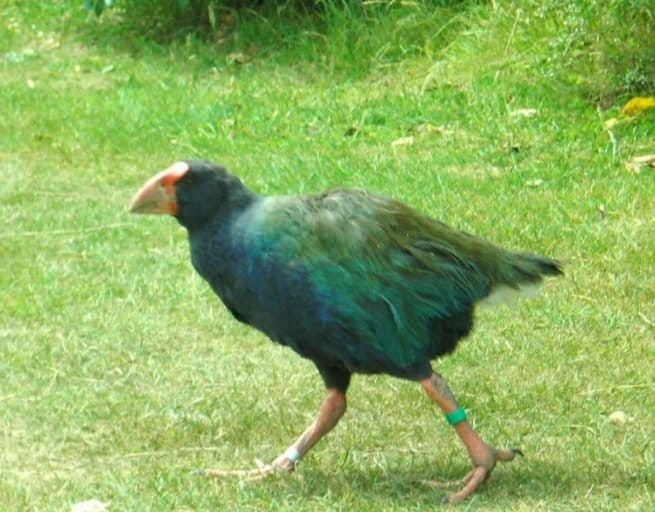
“Probably most critically, they just don’t know about us…so we have to be much more active in reaching out to them,” Guenter added. “We firmly believe these types of institutions could find significant value from the data in ZIMS.”
Guenter was recently in Southeast Asia working with TRAFFIC, a group devoted to ending the illegal wildlife trade. They were testing ZIMS data to see if they could use it to prove that freshwater turtles in the region are being stolen from the wild – and not captive bred as their sellers claim.
“Our members have been breeding turtles in captivity for decades. They know what it takes. How much space they need, how often they reproduce, how expensive they are to maintain, how many turtles in captivity are needed to produce a certain number of offspring, which turtles readily breed in captivity and which do not, etc,” he explained. “If someone is trading a turtle in massive quantities or at a very low price, yet our data show they are very difficult or expensive to breed in captivity, then there is a very high likelihood that they are not really captive-bred.”
The group hopes to produce scientific papers on their findings, which TRAFFIC could then use to convince governments to crack down on a trade that is pushing turtles over the edge in the region.

Going forward
Jim Guenter became CEO of Species360 only in late 2015 – but he has big plans for the organization going forward. He envisions ZIMS one day aggregating data on genetic material from endangered species. “Animals rescued from trafficking or the pet trade could be incredible sources of this genetic material,” he said, pointing to another possibility where Species360 could partner with NGOs combating trafficking.
He also sees major opportunity for aquariums, which are just beginning to understand the need for bigger, better data in an age of potential mass extinction not just on land, but in the seas. “We believe aquariums will start seeing more value from sharing data as they try to save or captive breed more and more critical species,” he said.
But to have the most impact, ZIMS data may need to migrate between zoos and the wild. ZIMS has tons of good data from zoos that could readily be applied in conservation situations in the wild – potentially saving species before they wind up surviving only in walled institutions.
“For many species, age at first reproduction, litter size, lifespan, and expected fecundity are not known at all from the wild,” explained Flesness. “We can use the data we have to provide a first rough approximation, which is often far better than a wild guess.”
And it doesn’t even have to be the same species. Often, closely related species can give conservationists a good sense of a wild animal’s natural history.
“Really, I think the full conservation benefit of ZIMS data is only just emerging,” said Wilcken. “And much of this value, in my view, will come from our increasing need to manage ‘wild’ populations to aid their survival.”
Wilcken sees a time when wildlife conservationists will turn to ZIMS data to model how endangered species could fare under potential management scenarios – and then choose the best course based on good data.
“We’ve only scratched the surface of what such data can offer,” said Wilcken.







